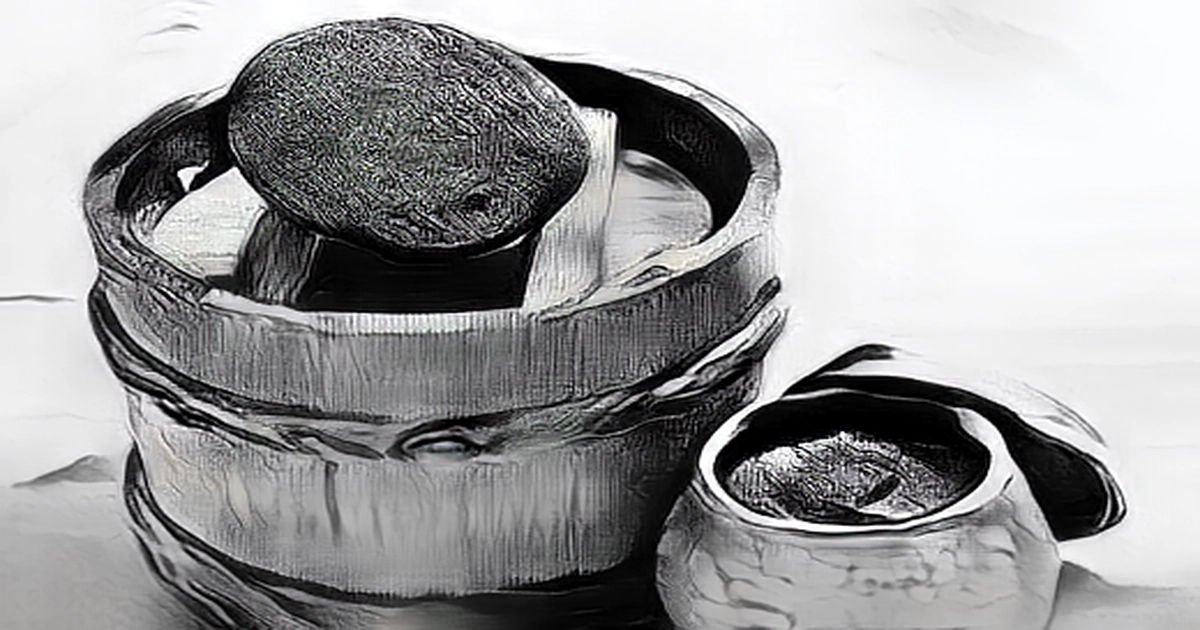
In the Taste of Life series, cooking experts, chefs and others involved in the field of food introduce their special recipes that are linked to their paths in life.
In September 2020, Megumi Fujii, a cooking expert, bought a second home in Hara village in Nagano Prefecture. She had been looking for a place where she could take some time away from Tokyo, where work caused her stress.
After visiting Nagano many times with that in mind, she came across a house where a woman in her 70 s had been living on her own, and eventually became the new owner.
The village is situated in a highland that spreads across the foot of the Yatsugatake volcanic group. The average temperature in winter can drop to below zero degrees, but the area produces in-season vegetables seamlessly from edible wild plants in spring to tomatoes, corn and more through the end of autumn.
I am amazed at how good the vegetables taste, each time I go, Fujii said. In most cases, she eats them fresh or simply cooked with olive oil. They are so succulent that I don't get tired of them at all. They come from different production areas, but Tokyo has a lot of good ingredients. She only prepares meals with local produce in Nagano and allows herself the luxury of enjoying only foods that are in season.
She feels herself relaxing as she spends time gazing at the sky and mountains. She began to notice the plants and flowers growing on the roadside even when she is back in Tokyo.
She started to give miso-making a try in Nagano.
As a cooking expert, I was often asked to create time-saving or simple dishes that could be prepared quickly, but I always wanted to make preserved food, Fujii says.
The miso is ready to eat two to three months after preparation.
She says that the sweet and subtle smell is the sign.
It takes about six months for the aroma to rise because the temperature is low in Nagano. The flavor deepens when miso is left to mature further.
She said it was fun finding the maturity you prefer.
She is trying to bake bread using natural yeast. After activating the yeast and making the dough, she looks for a place in the house with the appropriate temperature and lets it slowly ferment.
The scenery of her life is slowly changing from days when she was in a race against time to life where time is on her side.
Megumi Fujii was born in Kanagawa Prefecture in 1966 and is a cooking expert and national registered dietitian who graduated from Kagawa Nutrition University. She is known for her wide repertoire, ranging from daily side dishes to small dishes to accompany drinks. She has written many books, including Fujii Bento, published by Gakken Plus.
The easiest to make : Main Ingredients Amount The soybeans are rinsed with a generous amount of water for 10 to 15 hours.
Add drained soybeans to a pot and pour in just enough water to cover them, and place on heat. When a boil comes to a boil, remove bubbles and simmer for 5 to 6 hours with lid on, while adding water if it is reduced. Cook until soybeans are easily squashed between fingers.
Separate beans and simmering liquid. Place beans in a plastic bag and crush into a paste. Set aside 250 grams of simmering liquid.
Add 250 grams salt to rice koji and mix thoroughly.
Add soybeans and mix as if turning it over. Form into balls the size of a softball.
Pack 5 into a disinfected storage container so that pockets of air do not remain. Sprinkle 50 grams of salt on top. Cover with plastic wrap and place drop lid. Place a weight of about 500 grams, cover and let it age for 3 to 6 months.
The total amount of salt and 4,970 kcal was about 4,990 kcal and 299 grams of salt.
About 35 kcal and 2 grams salt per 1 Tbsp are estimated to be about 35 kcal and 2 grams salt per 1 Tbsp
